Social media algorithms now determine which content rises or falls, with platform changes in early 2025 fundamentally reshaping how content reaches audiences. Understanding these evolving systems is no longer optional. It’s essential for any effective social media strategy.
This comprehensive guide breaks down the latest algorithm changes across major platforms, providing data-backed strategies that content creators and marketers can implement immediately through ContentStudio to maximize reach and engagement.
What is a Social Media Algorithm?
A social media algorithm is a complex set of rules and calculations that determines what content users see on their feeds. These sophisticated systems analyze user behavior, content characteristics, and engagement patterns to decide which posts to prioritize and display.
In 2025, algorithms have evolved from simple chronological feeds to AI-powered recommendation engines aiming to deliver the most relevant and engaging content to each user.
Simplified social media marketing for individuals & agencies.
Try ContentStudio for FREE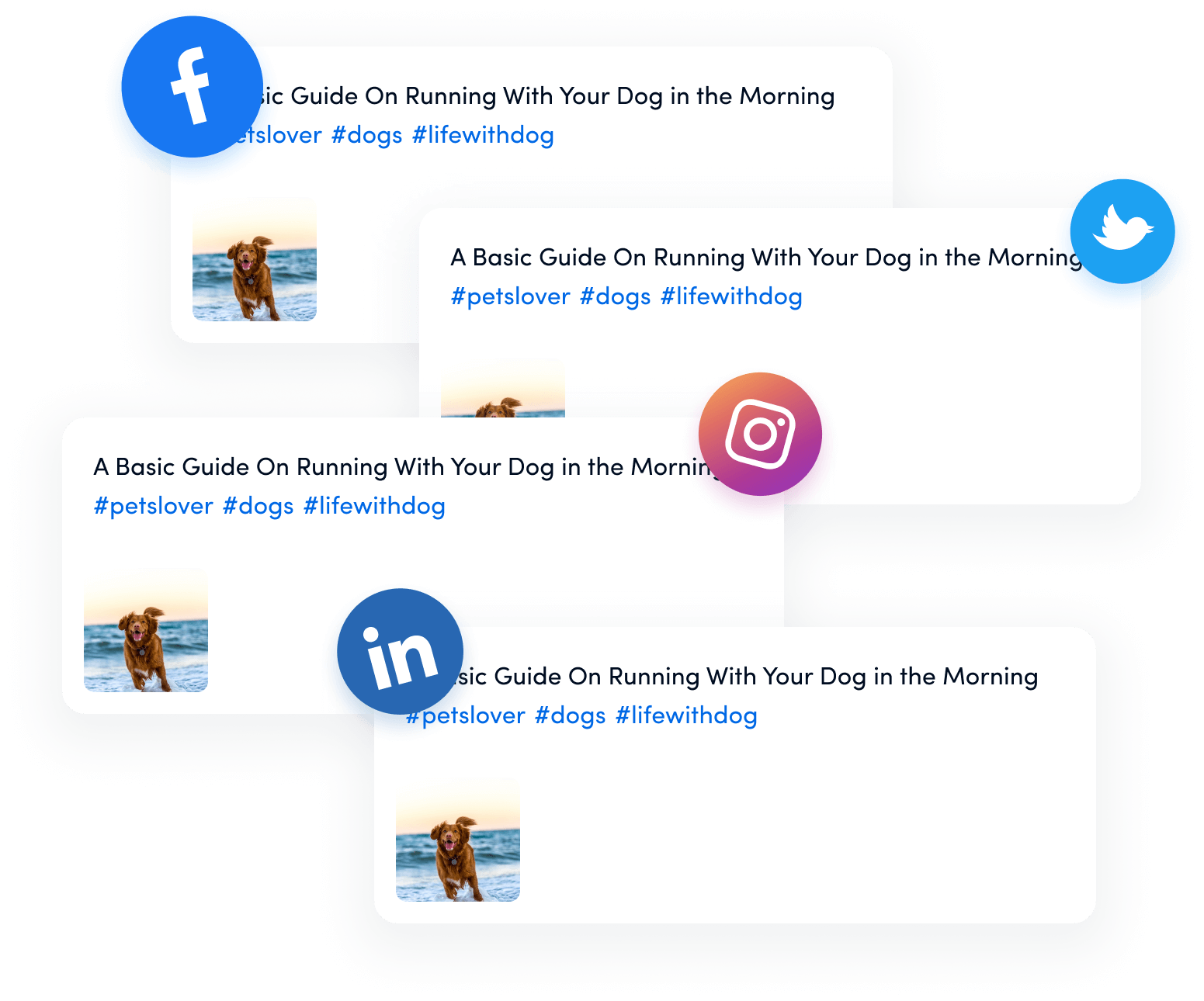
How do Social Media Algorithms work?
Modern social media algorithms work through multi-layered processes that analyze thousands of data points to make content distribution decisions. They typically follow these core steps:
- Content collection: The algorithm gathers all available content from accounts you follow and potential recommended content.
- Signal analysis: Evaluates various signals, including content type, recency, user history, engagement patterns, and relationship strength.
- Prediction modeling: Advanced AI predicts how likely you are to engage with each piece of content based on your past behavior.
- Ranking and Distribution: Content is scored and ranked, with the highest-scoring items appearing at the top of your feed.
- Feedback loop: Your interactions provide feedback that helps the algorithm learn and improve its future recommendations.
Each platform has distinct algorithmic preferences, but several universal trends have emerged across the social media landscape. Video content, especially short-form vertical videos, continues to receive preferential treatment on most platforms.
Content that generates conversation (comments, shares, DMs) outperforms content that receives passive engagement (likes, views), and authentic, original content consistently outranks promotional, recycled, or aggregated material.
For brands and creators, these changes present both challenges and opportunities. While organic reach has generally declined, the pathways to audience growth have diversified through algorithm-aligned strategies. Content that finds success in 2025 is platform-native, visually engaging, conversation-generating, and designed for specific audience interests rather than mass appeal.
Instagram: Dual-channel distribution transforms content strategy
Instagram’s algorithm underwent a fundamental restructuring in early 2025 when CEO Adam Mosseri introduced the Connected vs. Unconnected Reach model, separating content distribution into two distinct channels with different ranking signals and mechanics.
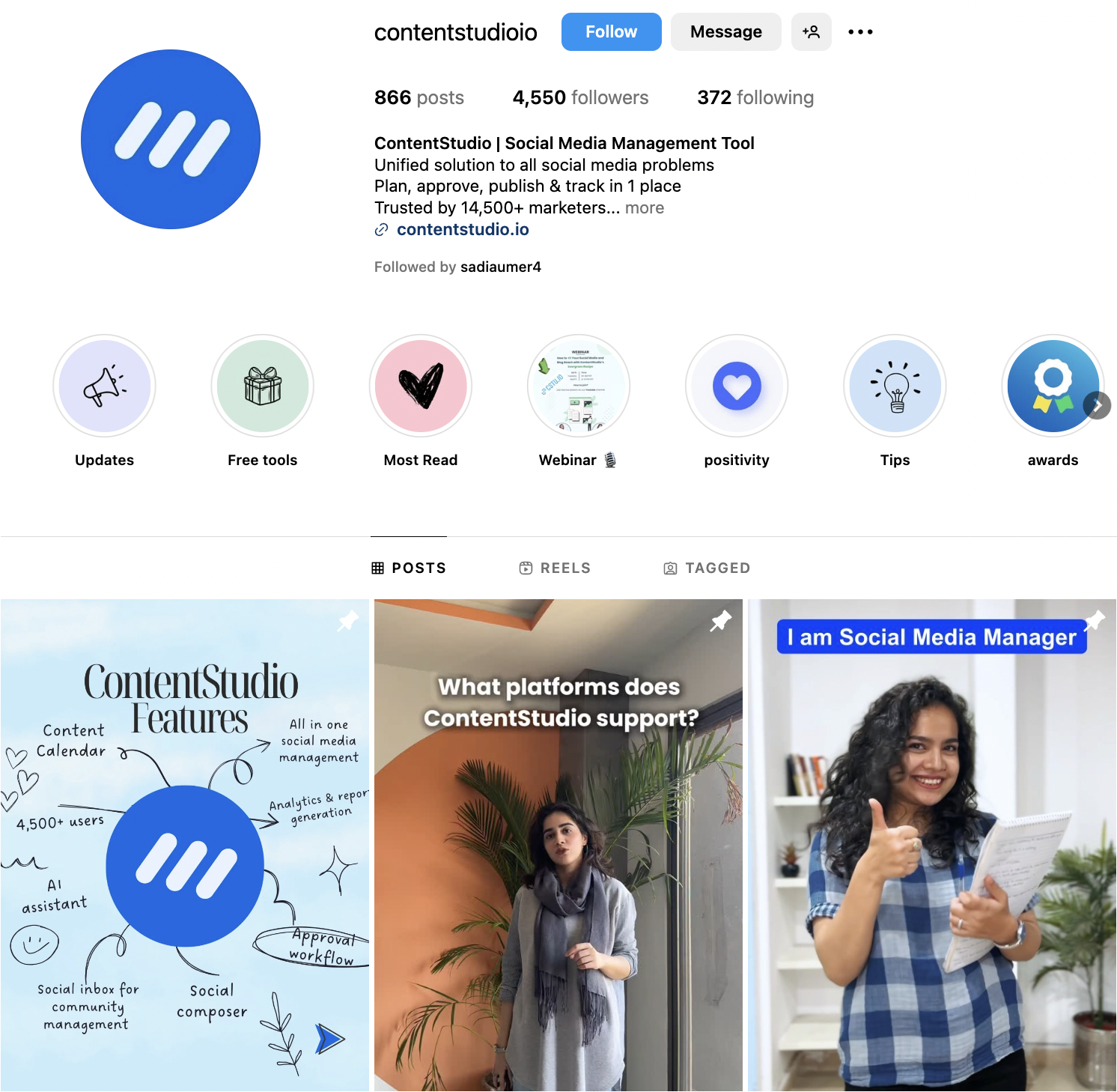
Latest algorithm changes
Instagram has pivoted from using a traditional “algorithm” to advanced AI ranking systems that learn and adapt based on user behavior. The platform now divides content distribution into:
- Connected reach: Content shown to people who already follow you
- Unconnected reach: Content shown to new audiences through recommendations
The three most influential ranking signals in 2025 are:
- Watch time: How long people watch your videos (highest priority)
- Likes per reach: The percentage of viewers who like your post
- Sends per reach: How often people share your content with others
These signals are weighted differently based on reach type. For connected reach, likes carry slightly more weight, while for unconnected reach, sends are more important.
Other significant updates include the Trial Reels feature, which allows creators to test content with non-followers before sharing it with their audience, and “Views,” which has become the universal metric across all content types.
Content type performance
Content performance varies significantly by format:
- Carousels: Highest overall engagement rate (0.55%), driving the most saves and impressions for accounts with over 50K followers
- Reels: Second highest engagement (0.50%), generating the most comments and impressions for smaller accounts
- Static Images: Lowest engagement rate (0.45%), requiring stronger hooks and visual elements
- Stories: Primarily serve connected reach (existing followers), with Instagram stating they should be considered a subset of presence for reaching passionate fans
Top strategies for better reach
- Optimize for watch time
- Hook viewers in the first 3 seconds
- Use quick cuts and fast-paced editing
- Create looping content that encourages repeat viewing
- Prompt engagement actions
- Include direct CTAs asking for likes for connected reach
- Create shareable content viewers will want to send to friends
- Use Instagram’s interactive features to drive comments
- Format-specific optimization
- Reels: Keep videos between 15-60 seconds, add trending audio, avoid watermarks
- Carousels: Create 5-7 sequential slides with a strong hook in the first slide
- Stories: Use interactive stickers, space out stories throughout the day
- Make the most of Trial Reels
- Test new content ideas with non-followers before risking existing audience
- Analyze performance data after 24 hours to refine approach
- Set auto-publish thresholds for high-performing trials
Instagram Marketing Schedule your Instagram posts, Reels, and Stories, and get recommended best time to publish for maximum engagement.
TikTok: From virality engine to sophisticated content matcher
TikTok’s algorithm continues to be one of the most effective at content discovery, with significant updates in 2025 focused on personalization, content quality, and diverse content exposure.
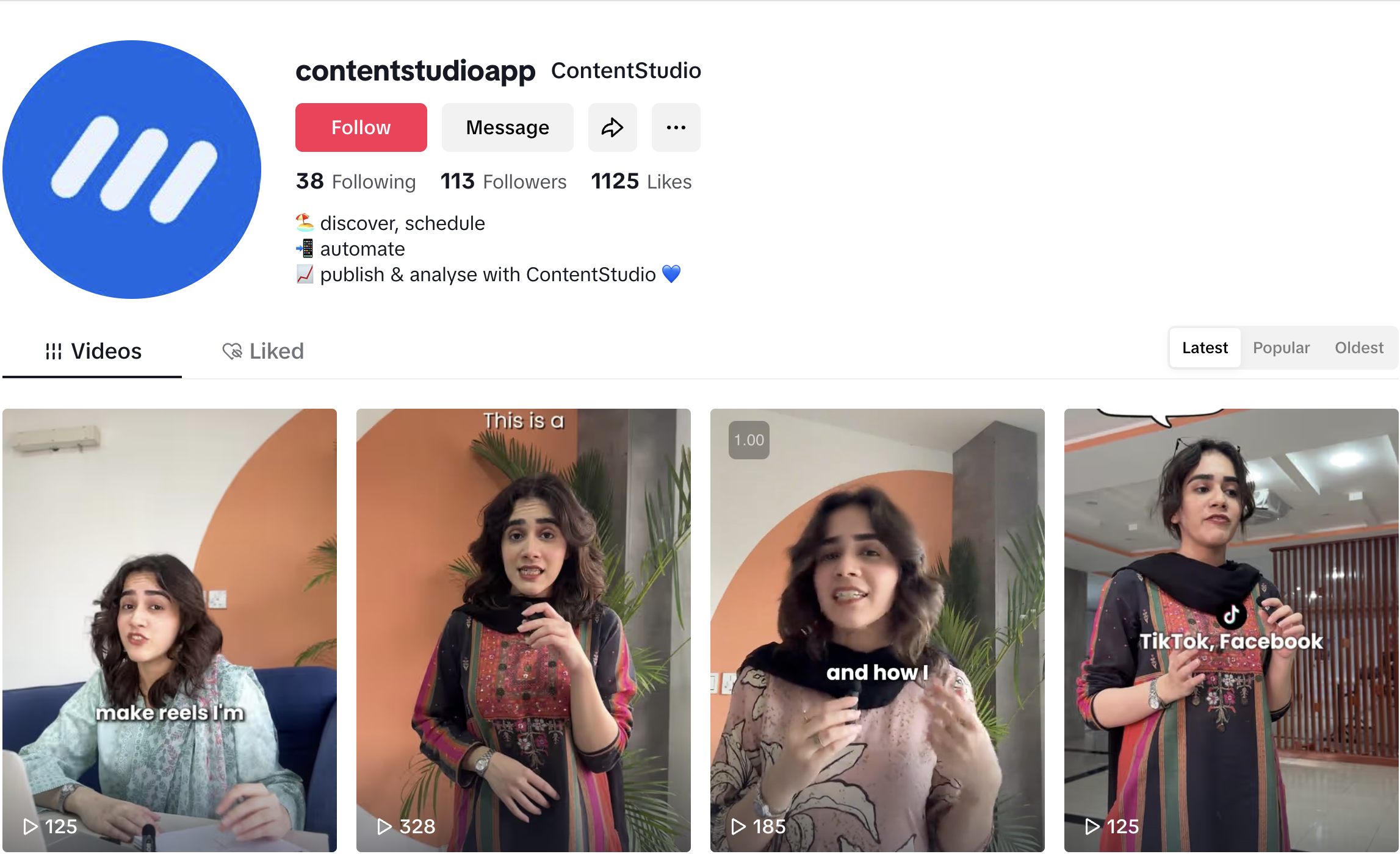
Latest algorithm changes
TikTok has enhanced its algorithm to increase content diversity in users’ For You Pages (FYP). Users are now 1.8x more likely to discover topics they didn’t previously know they enjoyed. The platform has improved personalization through advanced AI and now places greater weight on video quality and authenticity as key ranking factors.
Content moderation systems have been strengthened, and the algorithm has improved its ability to recognize and promote content relevant to local cultures and languages.
Top engagement signals
The most influential factors affecting TikTok algorithm distribution, ranked by importance:
- Video completion rate: The percentage watching your video to completion (weighted more heavily than raw watch time)
- Watch time: Total duration viewers spend watching your content
- Rewatches: Multiple views carry up to 5x the weight of a simple like
- Shares: Carry approximately 3x the weight of likes
- Comments: Active engagement through comments signals audience interest
- Likes: Still important but carry less weight than the above signals
- Saves: Indicate high-value content worth revisiting
Content format prioritization
- Standard videos: Optimal length between 24-31 seconds, with vertical 9:16 format
- TikTok stories: Now appear more frequently in the FYP, especially for followers
- TikTok live: Received significant algorithmic boosts, generating more engagement than standard content
- Image/Carousel Posts: Generate a higher average engagement rate compared to videos, providing pattern interruption in the feed
Proven strategies for algorithmic success
- Focus on the completion rate
- Create shorter (15-30 second) videos that viewers will watch completely
- Front-load value in the first 3 seconds users decide whether to continue watching in this timeframe)
- Balance quality with authenticity (the algorithm increasingly favors genuine content)
- Implement strategic posting timing
- Post during off-peak hours (2-4 a.m. EST) for higher initial distribution
- Focus on driving interactions within the first hour of posting
- Maintain consistency with 2-3 posts weekly (minimum)
- Optimize for search and discovery
- Include relevant keywords in video captions, spoken audio, and on-screen text
- Use 3-5 targeted hashtags (trending, niche, and branded)
- Create searchable content series with consistent formats and topics
LinkedIn: The professional network that rewards expertise
LinkedIn’s algorithm in 2025 focuses on expertise signals, conversation quality, and content that keeps users on the platform, with significant changes to how content is evaluated and distributed.
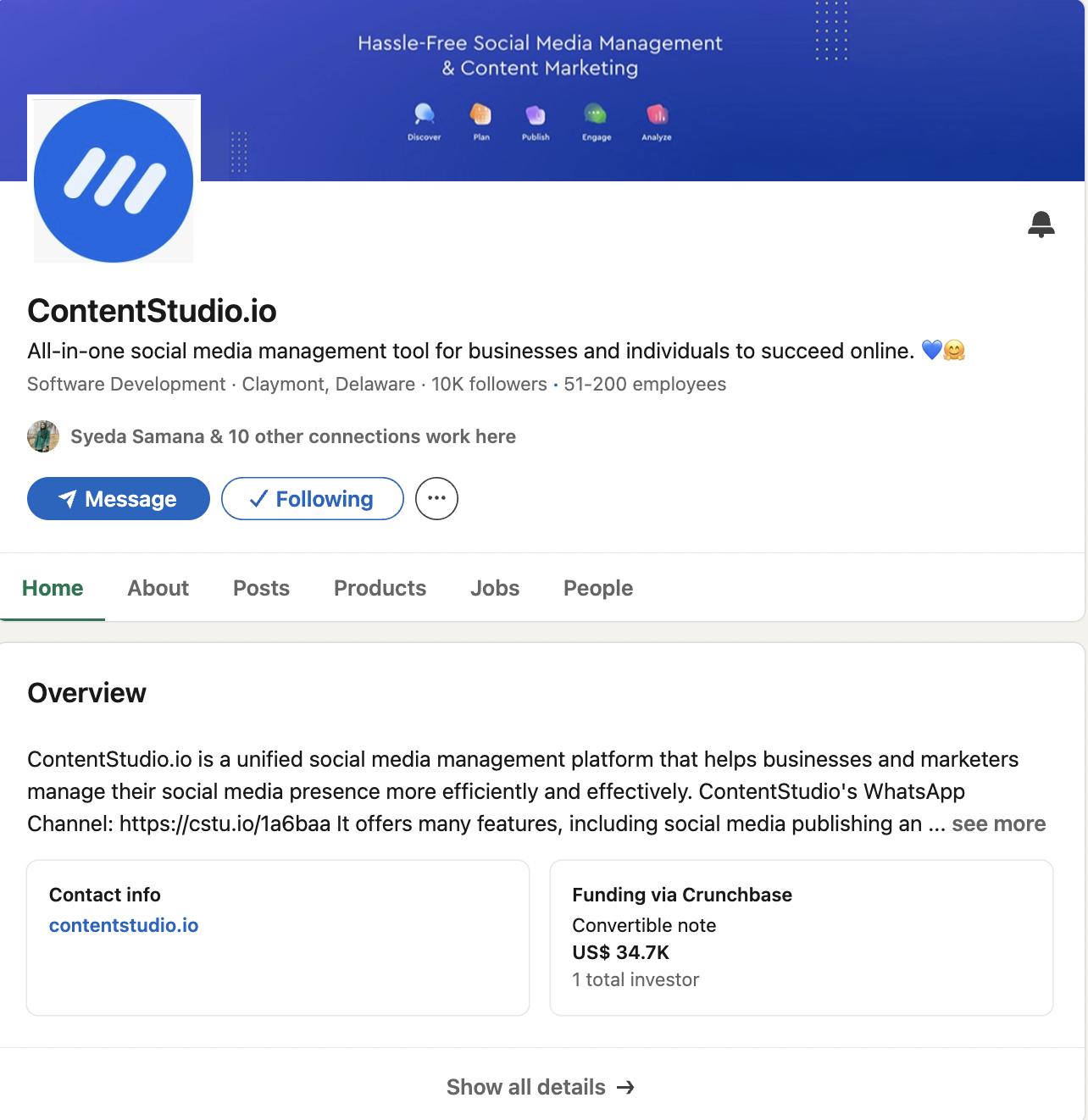
Key algorithm updates
LinkedIn’s algorithm follows a three-stage process:
- Quality filtering: Content is classified as spam, low-quality, or high-quality
- Engagement testing: Posts are shown to a sample audience to gauge initial engagement
- Network and Relevance ranking: Well-performing content is distributed more broadly
The 2025 updates have placed significantly greater weight on subject matter expertise, dwell time (how long users spend viewing content), and conversation quality. The “Golden Hour”—the first 60 minutes after posting has become even more critical for determining broader distribution.
Content performance by type
Analysis of over 1 million LinkedIn posts in 2025 reveals clear performance patterns:
- Multi-Image Posts: Leading format with a 6.60% engagement rate, up 30% compared to 2024
- Native Documents/Carousels: Strong 6.10% engagement rate in 2025, up 20% year-over-year
- Video Posts: Most improved format in 2025 with a 5.60% engagement rate and 40% growth from last year
- Polls: Moderate 4.80 engagement in 2025, showing a 10% decline since 2024
- Single Image Posts: Achieving 4.20% engagement in 2025, down 5% from the previous year
- Text-Only Posts: Generating 3.90% engagements in 2025, continuing a downward trend with 15% decrease
- Link Posts: Least effective in 2025 with only 2.70% engagement, showing the largest decline at 25%
Critical engagement factors
- Dwell time: Posts with longer average view times (exceeding 10 seconds) receive up to 3x more distribution
- Comment quality: Meaningful comments (10+ words) generate 2.5x more reach than shorter comments
- Professional authority: Consistently posting about specific topics signals expertise
- Connection relevance: First-degree connections who regularly engage are more likely to see future posts
- Content relevance: LinkedIn matches content to user interests based on profile information and engagement patterns
Data-backed optimization tactics
- Content format strategy
- Utilize a strategic mix: 40% multi-image/carousel posts, 30% video content, 15% polls/interactive content, 15% text/single-image posts
- Create posts between 800-1000 words
- Use well-spaced paragraphs (1-2 sentences per paragraph)
- Include 3-5 relevant hashtags
- Golden hour engagement
- Immediately engage with 5-10 relevant posts from connections after posting
- Respond quickly to comments with substantive replies (10+ words)
- Tag relevant users who might find the content valuable (limit to 3-5 per post)
- Authority building
- Focus on 3-5 core topics to signal expertise
- Develop unique perspectives rather than sharing general news
- Reference professional experiences to establish credibility
LinkedIn Marketing
Establish your brand’s profile on LinkedIn by consistently posting engaging content and engaging with the community.
Get Started for FREE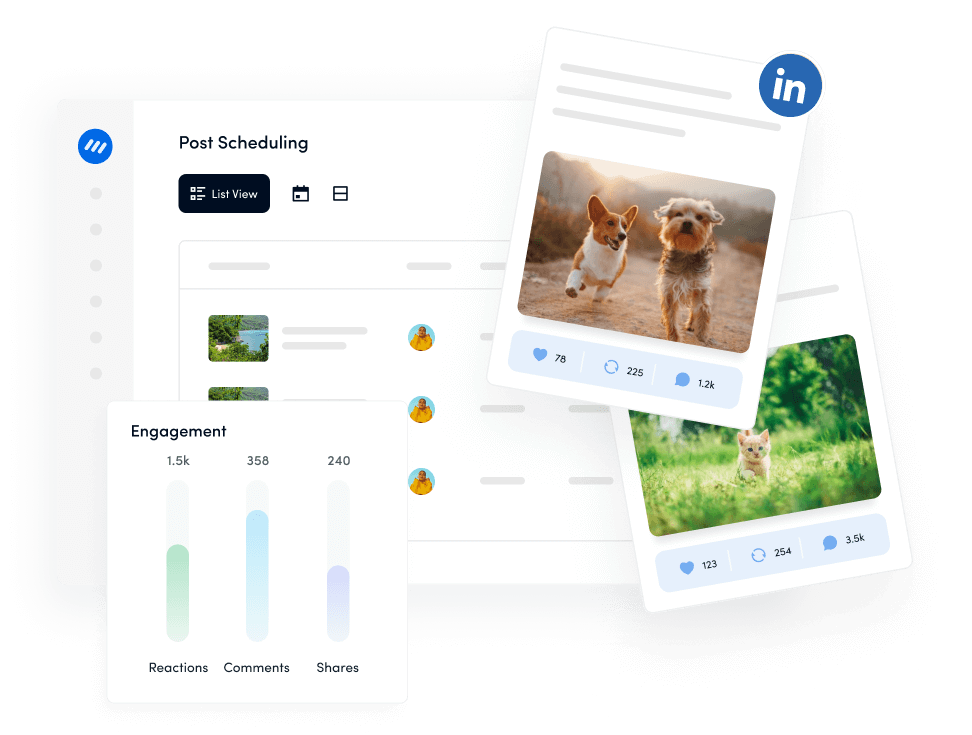
Twitter/X: The platform of conversation
Under Elon Musk’s leadership, Twitter/X has implemented significant algorithm changes focused on conversation quality, content diversity, and premium subscriber benefits.

Recent algorithm developments
Major changes include a January 2025 algorithm tweak to “promote more informational/entertaining content” while combating “too much negativity.” The platform now prioritizes content users find valuable rather than simply engaging and has boosted visibility for smaller accounts outside users’ networks
Premium subscribers receive substantial algorithmic advantages—a 4x boost for in-network content and a 2x boost for out-of-network content. The algorithm’s code has been open-sourced on GitHub, providing unprecedented transparency.
Engagement weighting system
X’s algorithm assigns specific weights to different engagement types:
- Reply to a reply: 75x more valuable than a like
- Initial reply: 27x more valuable than a like
- Profile click-through: 12x more valuable than a like
- Extended view time (>2 min): 10x more valuable than a like
- Retweet: 2x more valuable than a like
- Quote tweet: Higher value than a standard retweet
- Like: Baseline engagement value
Content format performance
- Video content: Highest priority, with 80% of user sessions including video viewing (10x more engagement than text-only)
- Text posts with images: Second-best performing (2x algorithmic boost over text-only)
- Polls: Highly effective for generating quick engagement
- Text-Only Posts: Lower priority but can perform well if conversation-generating
- Threads/Long-form: Effective for storytelling but receive no special algorithmic advantage
Platform-specific strategies
- Design for conversation
- Create tweets that encourage replies rather than likes
- Ask questions, request opinions, create polls
- Respond to every comment (can boost main tweet engagement by 150x)
- Optimize timing and frequency
- Best posting times: weekdays between 8 AM-2 PM (peak: 9 AM-noon Mondays, 9 AM-3 PM Tuesdays)
- Post consistently 2-8 times daily (ideal minimum: once daily)
- Focus on first-hour engagement to trigger algorithmic distribution
- Consider premium subscription
- Evaluate whether the 2-4x visibility boost justifies the subscription fee ($8/month)
- Leverage enhanced analytics tools to better understand audience behavior
- Utilize features available only to premium subscribers
X (Twitter) Marketing
Schedule perfectly crafted tweets and manage your X (Twitter) content with a unified content calendar.
Get Started for FREE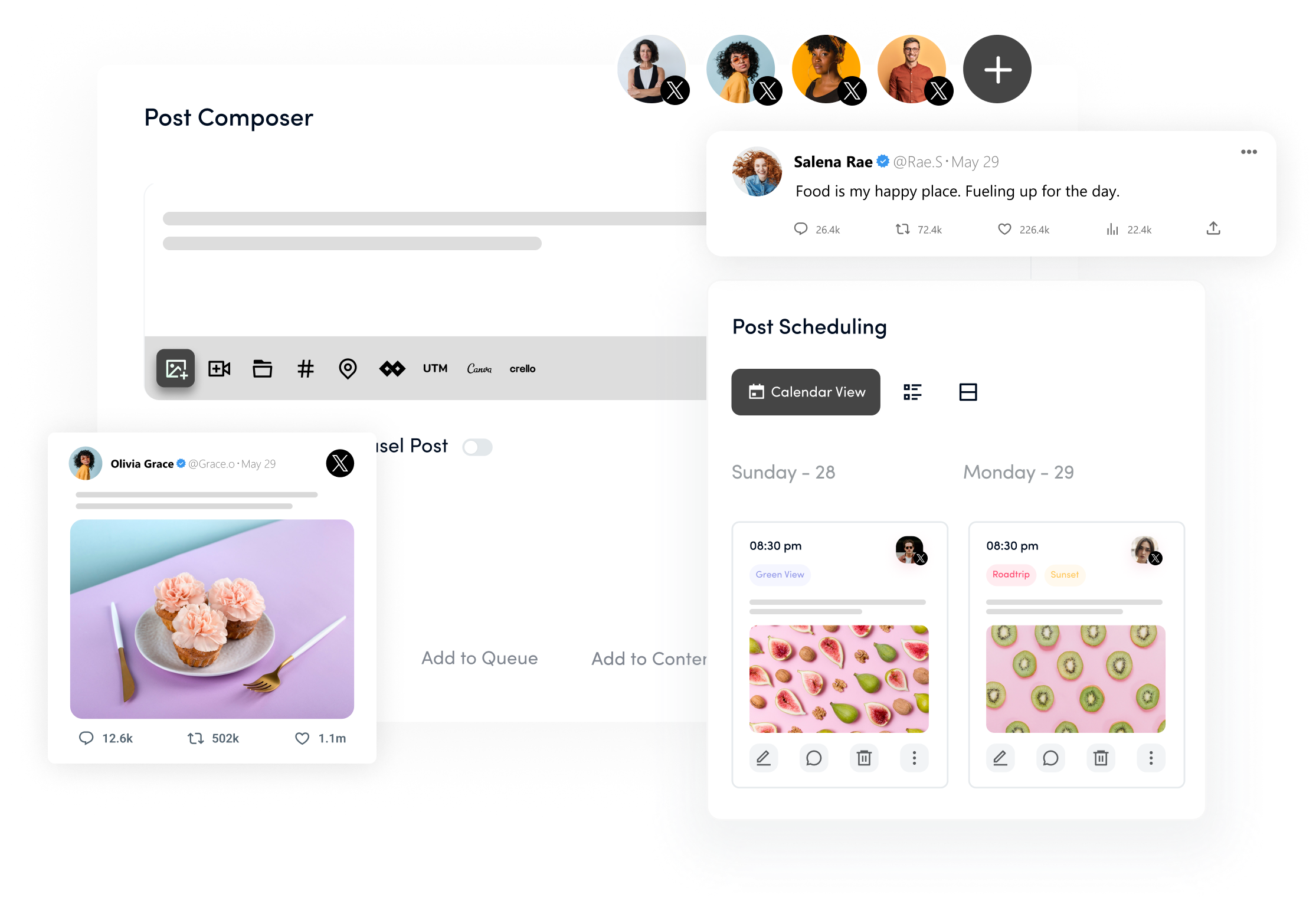
Facebook: The relevance revolution
Facebook’s algorithm in 2025 has evolved into a sophisticated AI-driven system prioritizing meaningful engagement, authentic content, and personalized user experiences.
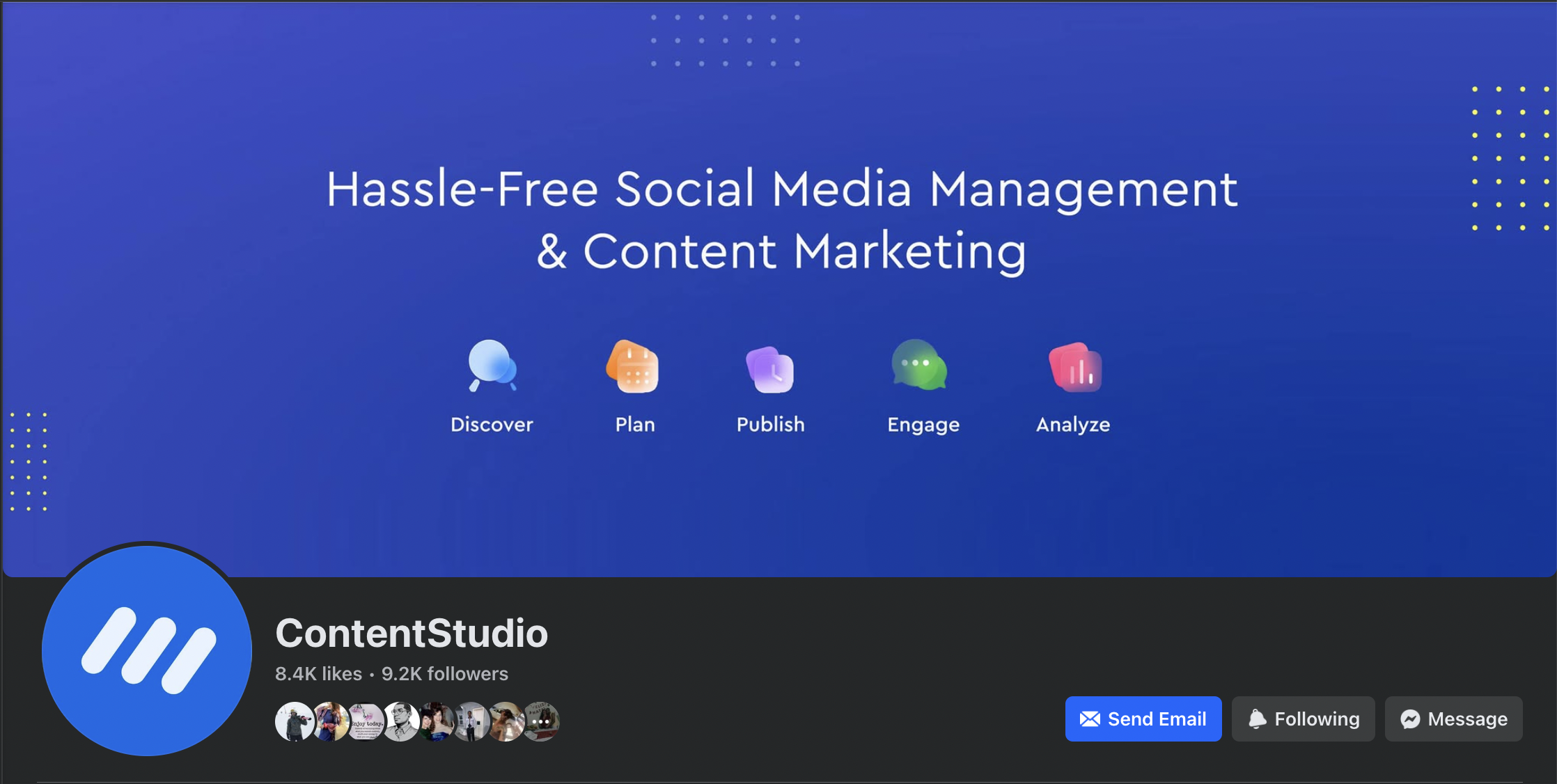
Algorithm transformation
Facebook now employs machine learning to analyze over 100,000 ranking factors through more than 100 prediction models. The platform has shifted from a friend-based to an interest-based algorithm (similar to TikTok), with up to 50% of content now coming from accounts users don’t follow.
Private sharing via Messenger or WhatsApp has become a “number one indicator” of potential greater reach. The algorithm heavily prioritizes content generating authentic engagement over passive consumption.
The four-step ranking process
- Inventory: Collects all available content from friends, Pages, Groups, and recommendations
- Signals: Evaluates thousands of signals to determine content relevance
- Predictions: Forecasts how users will interact with content based on past behavior
- Relevance score: Assigns a final score determining feed placement
Content performance data
- Albums: Generate approximately 1.6% engagement rate
- Videos, Links, Photos: Average 1.5% to 1.3% engagement rates
- Post Timing: Studies show early weekday hours (9 AM) and mid-afternoon (3-4 PM) on Mondays and 9 AM and 1 PM on Tuesdays generate higher engagement
Effective tactics for Facebook reach
- Prioritize shareable content
- Create content valuable enough that users share it privately with friends
- Design for shareability rather than surface-level engagement
- Focus on authentic human content despite available AI tools
- Video optimization
- Keep videos under 30 seconds for optimal retention
- Create a compelling hook in the first 3 seconds
- Use captions (85% of Facebook videos are watched without sound)
- Utilize vertical format (4:5 aspect ratio)
- Group strategy
- Build niche communities around specific interests
- Foster meaningful conversations within Groups
- Provide exclusive Group content
- Cross-promote between personal profiles and business content in relevant Groups
Facebook Marketing
Manage and grow your brand on Facebook. Create, schedule, and publish posts, videos, and Reels to Facebook pages and groups.
Get Started for FREE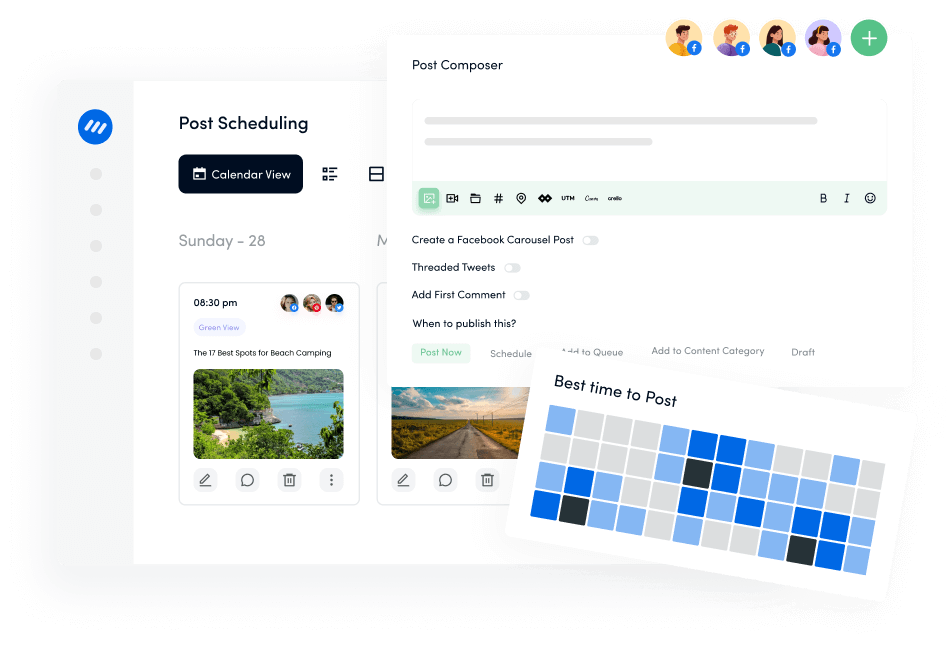
YouTube: The second-largest search engine evolves
YouTube’s algorithm in 2025 has evolved into a sophisticated system prioritizing viewer satisfaction, personalized recommendations, and content that genuinely engages audiences.

Major algorithm developments
Recent updates include enhanced personalization through advanced AI, multi-language support, and the complete separation of algorithms for Shorts and long-form content. The platform now systematically boosts new channels (under 500 subscribers) and has strengthened content moderation.
YouTube has shifted from pure watch time to satisfaction metrics, including likes, comments, shares, and survey responses. A major 2024 update allows Shorts to drive traffic to related long-form videos on the same channel.
Universal ranking factors
- Viewer engagement signals: Watch time, retention rate, click-through rate, likes, comments, shares
- Viewer satisfaction: Survey responses, post-watch behavior, replays
- Personalization factors: Watch history, viewing habits, topical interests
- Content quality indicators: Clear metadata, technical quality, accessibility features
Content format prioritization
- Long-Form Video: Optimized for search intent and session time (8-9 minute videos perform best)
- Shorts: Optimized for “swipeability” and immediate engagement (first 2-3 seconds crucial)
- Live Streams: Algorithmic boost highest in first 30-60 minutes, values chat participation
Platform-specific optimization
- Long-form video structure
- Hook viewers in the first 15 seconds with a clear value proposition
- Place most valuable content before the 4-minute mark
- Create videos between 8-15 minutes for maximum engagement
- Implement chapter markers for videos longer than 10 minutes
- Shorts strategy
- Start with movement, bright colors, or direct questions in the first frame
- Put hook within the first 2 seconds to minimize “swipe-aways”
- Design for loop-ability with seamless transitions
- Use the full vertical canvas with centered visual elements
- Cross-format promotion
- Create Shorts that tease or highlight long-form content
- Add persistent links in Shorts directing to related videos
- Use pinned comments in Shorts to drive traffic to the main content
- Create topically related Shorts clusters that feed into long-form content
Bluesky: The algorithm revolution
Unlike traditional platforms with company-controlled algorithms, Bluesky has pioneered a fundamentally different approach through its “marketplace of algorithms” and the AT Protocol.
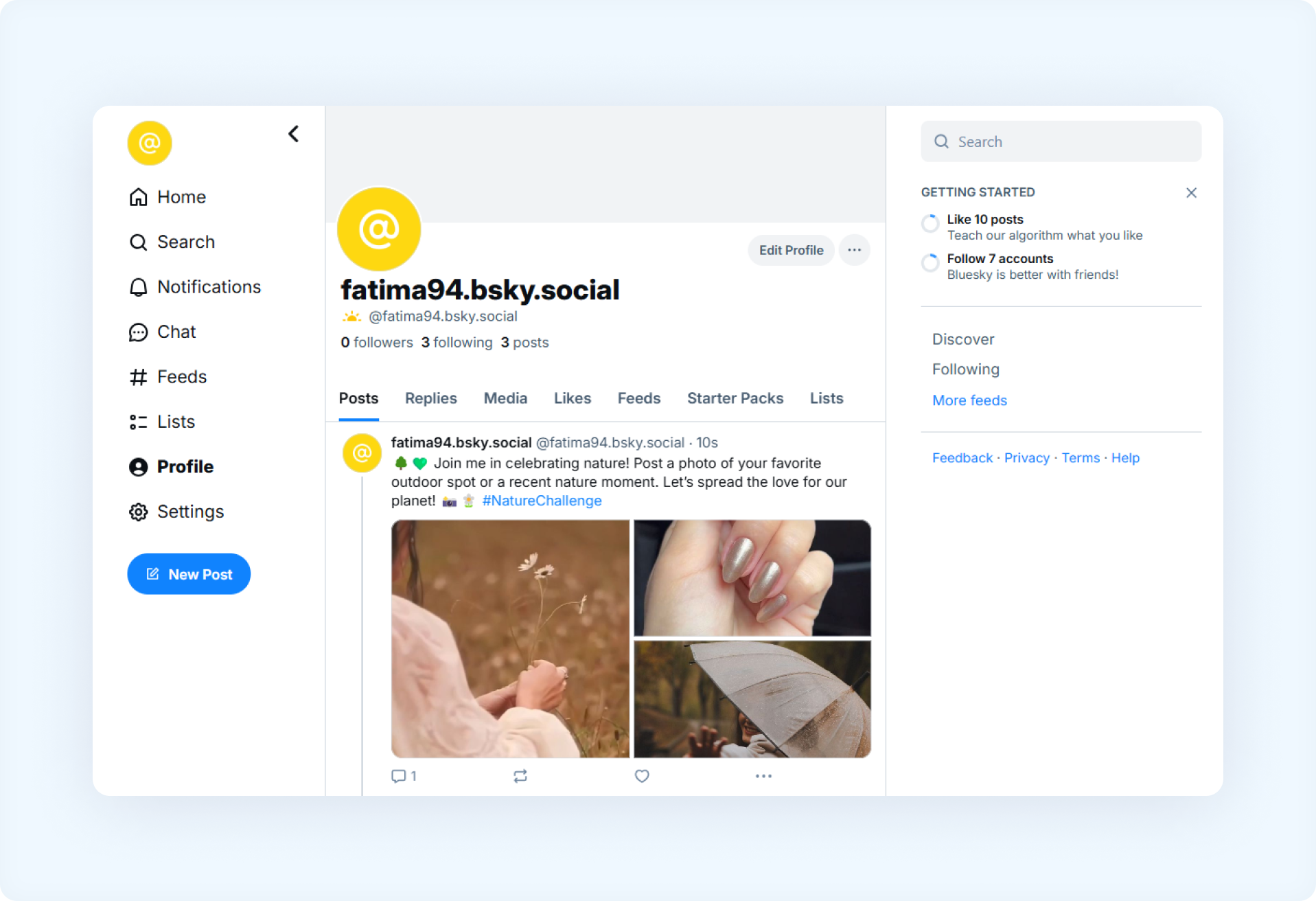
The federated and open-source approach
Bluesky’s AT Protocol is a decentralized social networking protocol giving users unprecedented control. Key technical aspects include federated identity, repository-based data structure, modular architecture, and Personal Data Servers (PDS).
The platform’s revolutionary “marketplace of algorithms” approach replaces the conventional single-company control with an open ecosystem where:
- Users select from over 50,000 custom feeds
- Each feed clearly states what content it prioritizes
- Any developer can create new feed algorithms
- Users can switch between feeds or view multi-algorithm feeds
Key reach factors
- Feed selection: Which custom feeds does your content appear in
- Content-based factors: Keywords/hashtags, content type, post format
- Interaction Patterns: Community participation, reply quality, engagement velocity
Feed types and ranking approaches
- Default discover feed: Considers user interests, social graph proximity, engagement metrics, content freshness, and quality signals
- Topic-based feeds: Filter for specific keywords, hashtags, or topic relevance
- Community feeds: Prioritize content from curated user lists
- Media feeds: Focus on content containing images or videos
- Engagement feeds: Rank by metrics like likes, reposts, or reply counts
Bluesky growth metrics
- Total Users: 35.8 million registered users (April 2025)
- Daily Active Users: Approximately 3.5 million in the US and UK
- Demographics: 63% of users are male. Other sources show 69.63% male and 30.37% female.
- Engagement: 47.75% create original posts (2.8 million active post authors)
Platform-specific strategies
- Feed-specific optimization
- Identify which custom feeds align with your content
- Include relevant keywords these feeds use for filtering
- Create content that can appear in multiple feed types
- Visual content priority
- Use high-quality images with every post when possible
- Create short videos (under 3 minutes)
- Maintain consistent visual branding
- Technical implementation
- Verify your brand using your official domain
- Track which posts perform well in which feeds
- Use cross-posting tools like ContentStudio that support Bluesky
ContentStudio: The ultimate algorithm navigation tool
ContentStudio distinguishes itself as a comprehensive solution for navigating complex social media algorithms through a unified platform that combines AI-powered insights, intelligent scheduling, and platform-specific optimization.
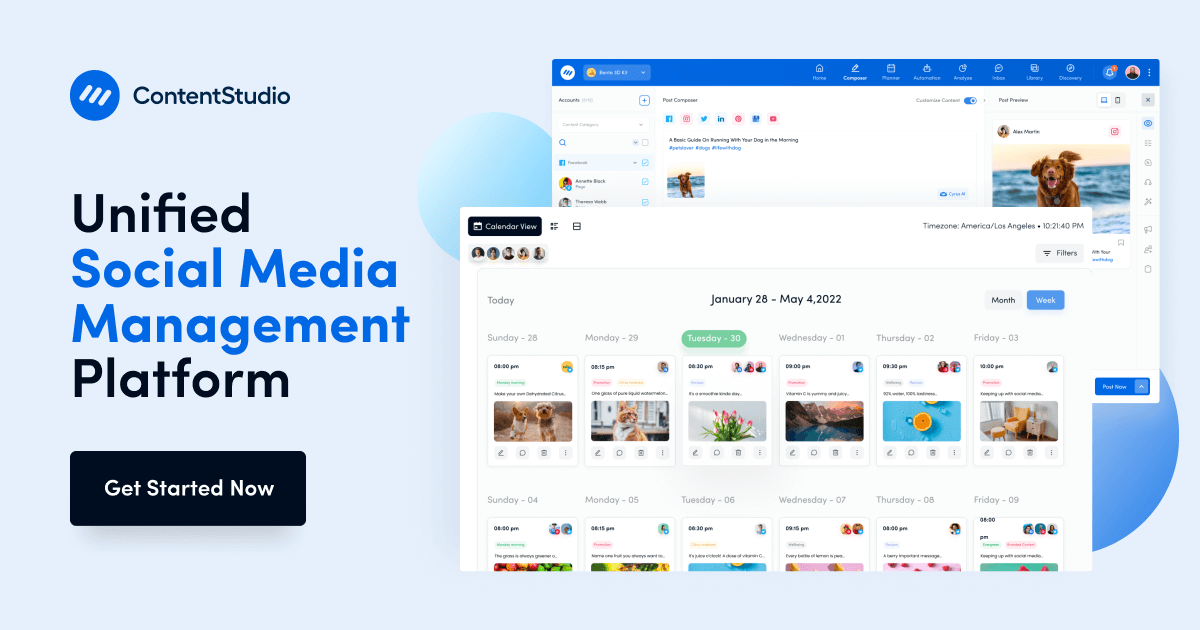
Key algorithm-focused features
- AI insights: Provides automated analysis of content performance with platform-specific algorithm analysis and actionable recommendations
- Best time to post: Data-driven tool analyzing historical engagement data for optimal algorithm visibility
- Hashtag optimization: AI-powered suggestions based on post content and platform trends
- Multi-platform content optimization: Tailors content for each platform’s specific algorithm requirements
- Competitor analysis: Helps users understand how top-performing accounts navigate algorithms
Implementation roadmap: Putting it all together
To maximize reach across social media platforms in 2025, implement these cross-platform strategies through ContentStudio:
Immediate actions (First 30 days)
- Algorithm audit: Evaluate current performance against key algorithm metrics for each platform
- Content format analysis: Identify which content types perform best on each platform
- Posting schedule optimization: Implement platform-specific optimal timing based on audience activity
- Engagement Strategy: Develop platform-specific approaches to encourage algorithmic engagement signals
Mid-term strategies (30-90 days)
- Content diversification: Implement a balanced mix of content formats prioritizing video where appropriate
- Cross-platform promotion: Create ecosystem of content that drives traffic between platforms
- Community building: Focus on generating conversation and meaningful interactions
- Audience analysis: Refine targeting based on engagement patterns and algorithm preferences
Long-term approaches (90+ days)
- Algorithm testing framework: Develop systematic A/B testing for algorithm optimization
- Platform specialization: Deepen expertise in platform-specific content creation
- Content repurposing system: Create efficient workflows for adapting content across platforms
- Algorithm trend monitoring: Establish processes for staying current with algorithm changes
10 tips to win over Social Media Algorithms in 2025
As algorithms become increasingly sophisticated in 2025, implementing these proven strategies will help your content rise above the noise and reach your target audience effectively:
1. Prioritize video across all platforms
Video content is now the undisputed king of algorithmic preference. In 2025, platforms have universally shifted to a video-first approach, with short-form vertical videos receiving the highest visibility boost. For maximum impact:
- Create platform-specific video formats (Instagram Reels: 15-60 seconds, TikTok: 24-31 seconds, YouTube Shorts: under 60 seconds)
- Focus on the first 3 seconds to hook viewers’ algorithms and track early engagement to determine the wider distribution.n
- Optimize for completion rate shorter videos that viewers watch entirely receive significantly higher algorithmic boosts than longer videos with partial views.
- Incorporate trending audio and effects where appropriate but maintain brand consistency.
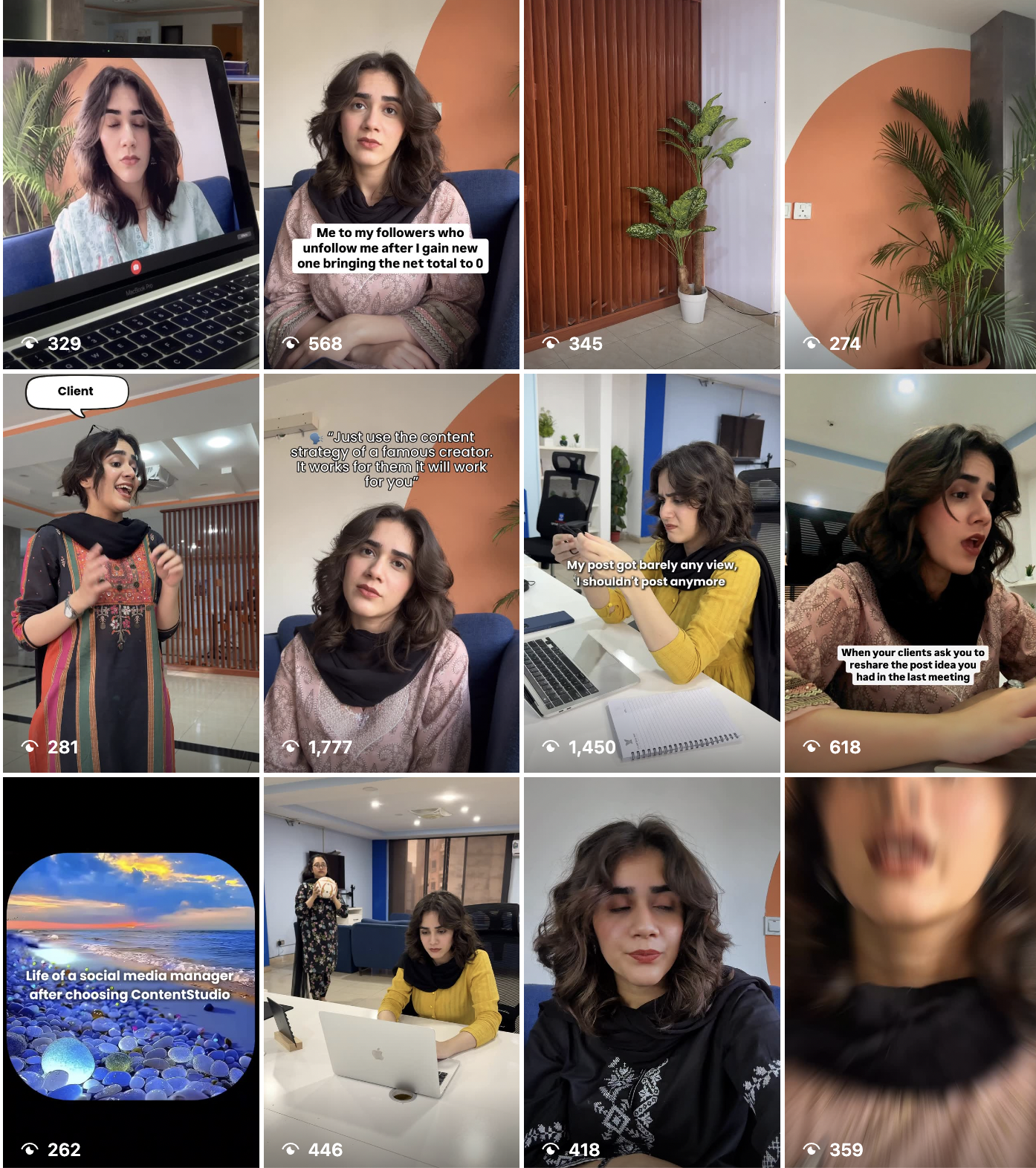
2. Design for meaningful engagement, not just impressions
Algorithms in 2025 distinguish between passive and active engagement, heavily favoring content that generates conversation. Implement these tactics:
- Create content that explicitly invites responses through thoughtful questions or calls to action
- Respond promptly to comments platforms track creator-audience conversation as a quality signal
- Focus on driving shares and saves, which now carry up to 5x the algorithmic weight of simple likes
- Use interactive features like polls, quizzes, and sliders to boost engagement metrics
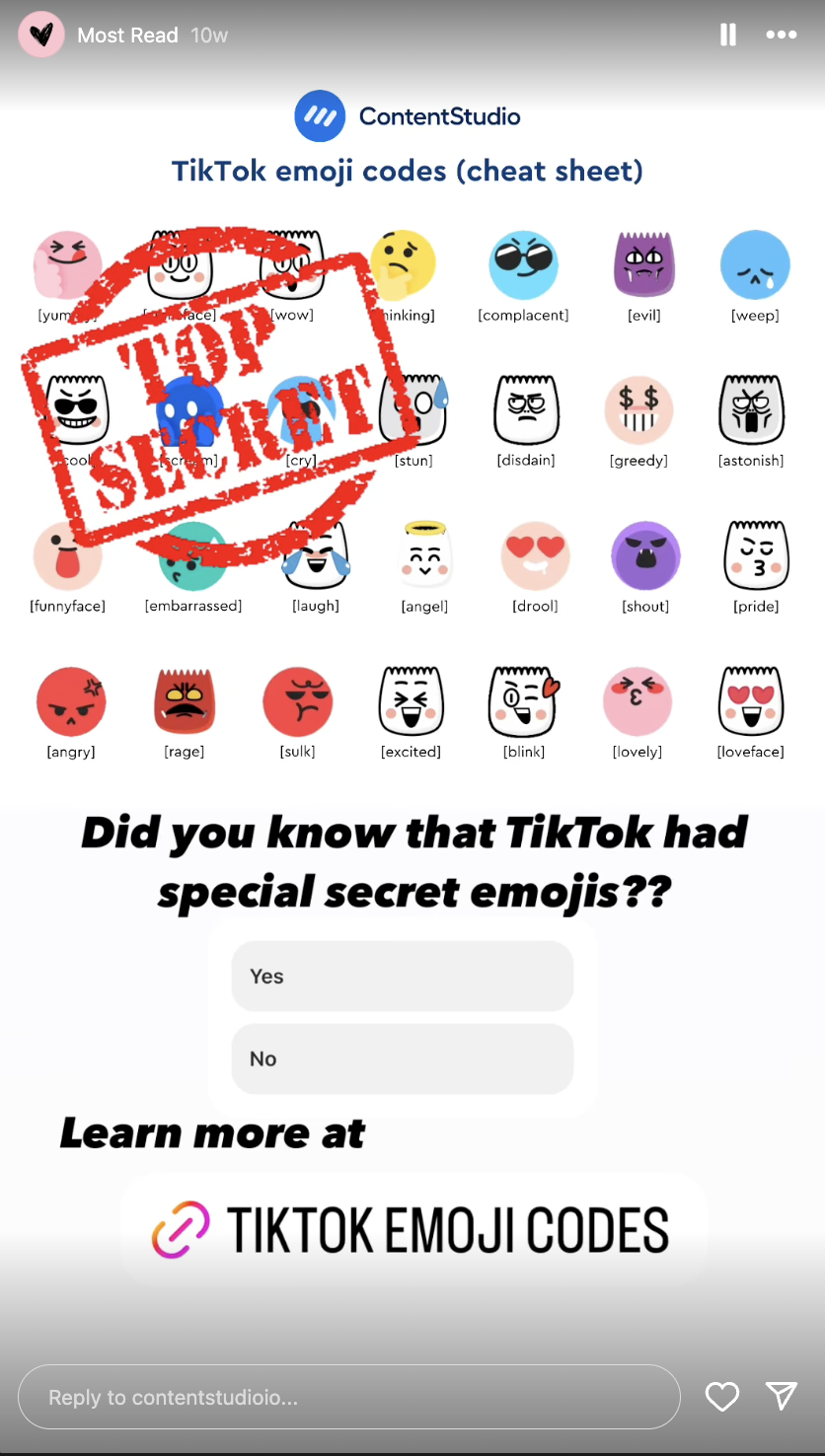
3. AI-powered content optimization
AI has transformed both how algorithms work and how creators can optimize for them:
- Use ContentStudio’s AI Insights to analyze your highest-performing posts and identify patterns in what the algorithm favors
- Implement AI-recommended hashtags and keywords that align with your content but also with algorithmic preferences
- Test AI-generated content variations to determine which formats resonate with both audiences and algorithms
- Track AI-identified trends in your niche to stay ahead of algorithmic preference shifts

4. Build topic authority through content consistency
Algorithms now reward subject matter expertise and topical consistency more than ever:
- Focus 70% of your content on 3-5 core topics to signal expertise to platform algorithms
- Create interconnected content series that algorithms can recognize as related through consistent formats and themes
- Develop unique perspectives on trending topics rather than simply sharing news
- Reference professional experiences and data to establish credibility signals algorithms recognize
5. Master platform-specific distribution windows
Each platform has critical timing windows that significantly impact algorithmic distribution:
- Instagram: Focus on the first 3 hours after posting and respond to every comment to boost algorithm signals
- LinkedIn: Maximize the “Golden Hour” (first 60 minutes) by immediately engaging with 5-10 relevant posts from connections
- TikTok: Drive interaction within the first hour of posting while the algorithm is evaluating content
- Twitter/X: Post during peak hours for your audience, as recency remains a primary ranking factor
- Facebook: Time content for the morning (9 AM) and mid-afternoon (3-4 PM) windows on weekdays
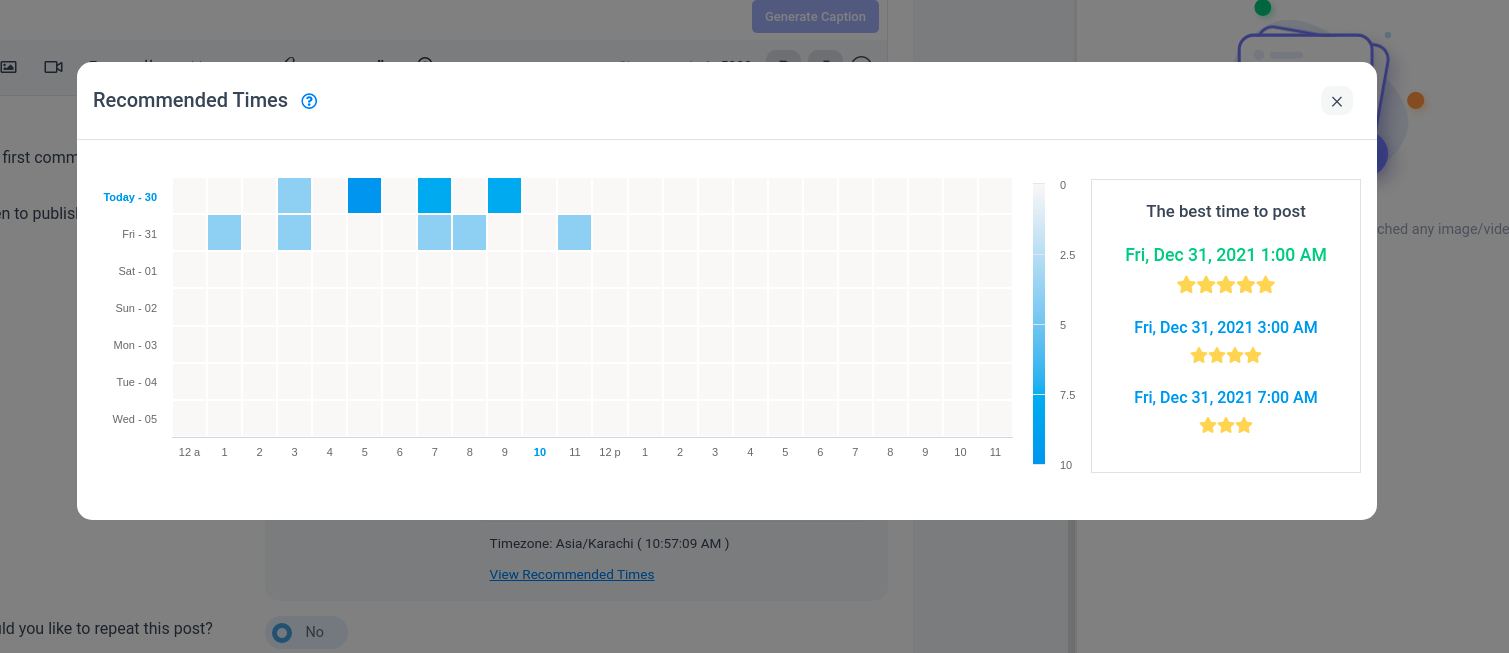
6. Blend entertainment with value
The most successful algorithm-friendly content in 2025 combines entertainment with substantive value:
- Create “edutainment” content that delivers useful information in an engaging format
- Use storytelling techniques to maintain viewer interest while conveying key messages
- Balance trending formats with a meaningful substance that aligns with your brand
- Implement the 80/20 rule: 80% value-driven content, 20% promotional content
7. Optimize for search as Algorithms merge discovery and search functions
As social platforms increasingly function as search engines, optimizing for searchability boosts algorithmic performance:
- Include relevant keywords in captions, video audio, and on-screen text
- Create searchable content series with consistent naming formats
- Use descriptive, keyword-rich hashtags rather than just trending or branded ones
- Monitor search trends in your industry and create content that answers common queries
8. Embrace cross-platform ecosystem strategies
Algorithms now recognize and reward content that builds cross-platform engagement:
- Create complementary content ecosystems (e.g., TikTok teasers that drive traffic to longer YouTube content)
- Adapt content for each platform’s unique algorithm preferences rather than cross-posting identical content
- Use strategic cross-promotion between platforms to strengthen engagement signals
- Leverage platform-specific features that algorithms prioritize (Stories, Reels, Carousels, etc.)
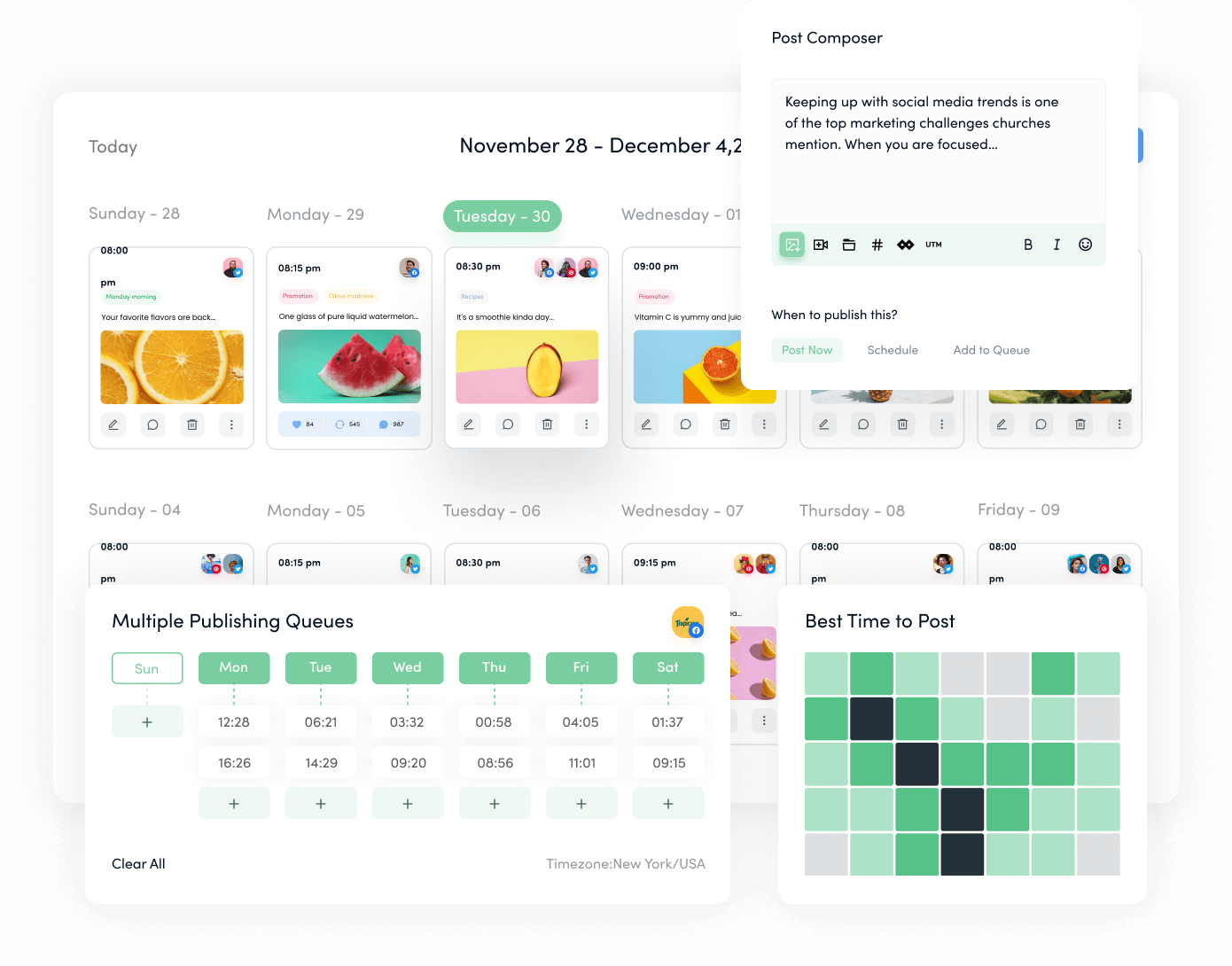
9. Utilize data-driven posting schedules
Consistent, strategic posting schedules send positive signals to algorithms:
- Use ContentStudio’s Best Time to Post feature to identify when your audience is most active
- Maintain consistent posting frequency algorithms reward regular, predictable activity
- Analyze performance data to identify platform-specific optimal posting times
- Test posting during off-peak hours (e.g., 2-4 AM EST for TikTok) for initial distribution advantages
10. Foster community through conversation
Algorithms increasingly prioritize content that builds community and drives meaningful interaction:
- Create content that encourages viewers to tag others or share with their networks
- Build niche communities around specific interests related to your brand
- Respond thoughtfully to comments with substantive replies (10+ words)
- Participate authentically in relevant conversations beyond your own content
Implementing these algorithm-optimized strategies through ContentStudio’s comprehensive suite of tools will maximize your content’s visibility and engagement in 2025’s evolving social media landscape. The platform’s AI Insights, scheduling tools, analytics, and multi-platform management features provide the perfect ecosystem for navigating today’s complex algorithmic environment.
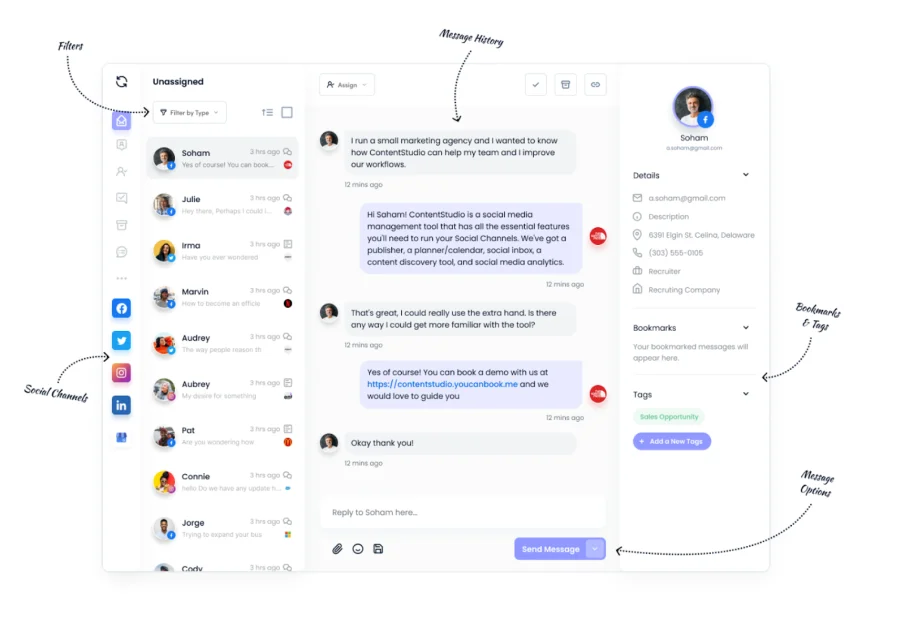
Conclusion: The algorithm’s advantage
Understanding and adapting to social media algorithms is no longer optional—it’s essential for anyone seeking to build an audience in 2025. While these systems grow increasingly complex, they create unprecedented opportunities for creators and brands that master their mechanics.
The most successful social media strategies now focus on creating genuine value that aligns with audience needs and algorithmic preferences. By leveraging ContentStudio’s comprehensive algorithm navigation features, content creators can transform these technical challenges into strategic advantages, reaching larger, more engaged audiences across every major platform.
As algorithms evolve, the fundamental principles remain consistent: create high-quality, authentic content that generates meaningful engagement and use data-driven insights to refine your approach. With the right tools and strategies, the complex world of social media algorithms becomes not an obstacle but an opportunity for exceptional content to find its audience.
FAQ’s
Why is my content’s reach suddenly dropping in 2025?
Most users experience reach fluctuations due to recent algorithm updates prioritizing video content and active engagement. If your reach has declined, it’s likely because platforms now favor completion rates and conversation-generating content over passive engagement.
How can I get my content seen by non-followers in 2025?
Platforms now serve 50% of content to non-followers based on interest signals. To reach new audiences, focus on high-quality video content with strong completion rates, incorporate trending topics, and optimize for active engagement (comments, shares) rather than likes.
Which content format performs best across all platforms in 2025?
Short-form vertical video (15-60 seconds) consistently outperforms all other formats across every major platform. Videos optimized for full-viewing with strong opening hooks receive 2-3x more algorithmic distribution than static posts.
How often should I post to maintain algorithm visibility?
Consistency trumps frequency. Each platform has different optimal cadences: LinkedIn (3-5 posts weekly), Instagram (4-7 posts weekly), TikTok (daily), Twitter/X (2-8 posts daily), and Facebook (4-5 posts weekly). Regular, predictable posting performs better than sporadic bursts.
What matters more in 2025: content quality or posting frequency?
Quality now definitively outweighs quantity. One high-quality video that generates meaningful engagement will receive significantly more distribution than multiple low-quality posts. Algorithms increasingly evaluate content based on satisfaction signals like completion rates and substantive comments.
